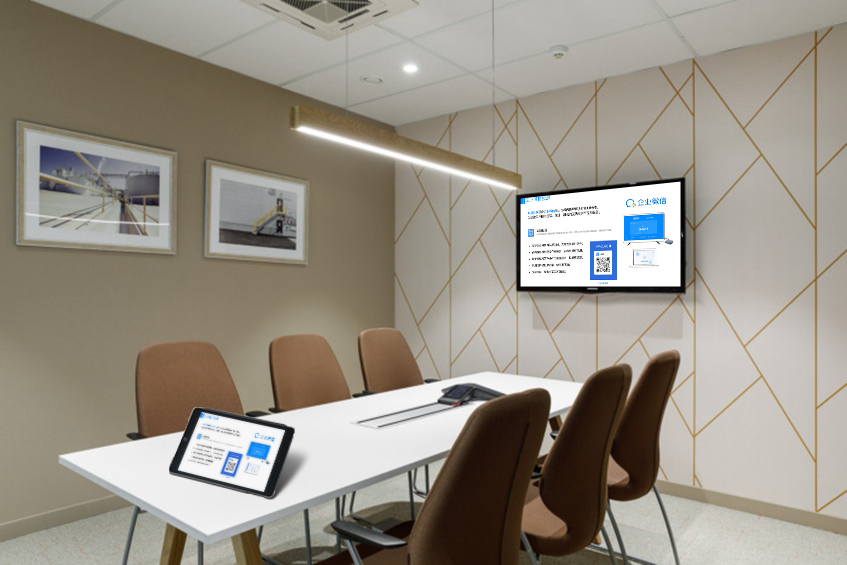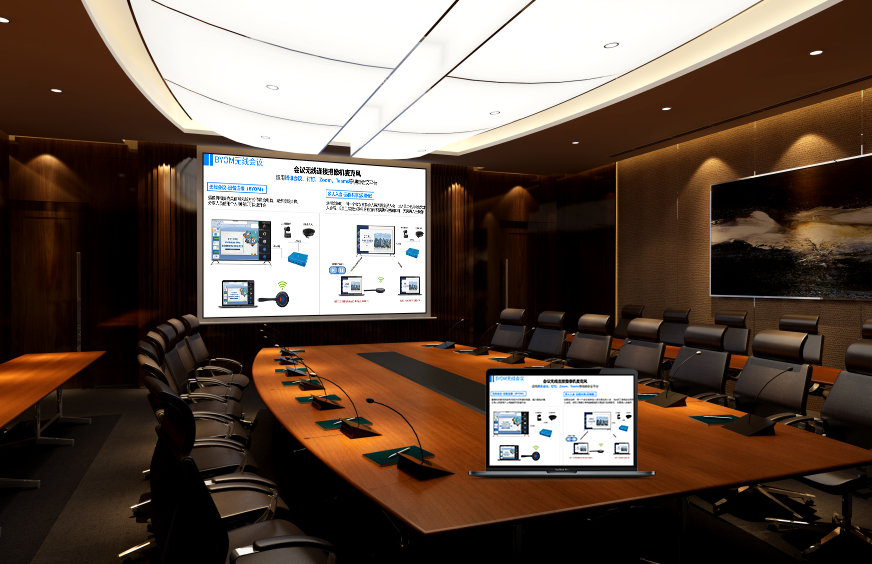RTSP Streaming Recording Integration: Efficiently Consolidating Audio-Visual Resources
As a universal standard in the streaming media field, RTSP (Real-Time Streaming Protocol) provides a standardized integration solution for the entire chain of audio-visual resources: “acquisition – transmission – recording – playback.” A mature RTSP streaming recording integration system breaks down device brand barriers, enabling stable recording and efficient reuse of audio and video across multiple scenarios.
I. Full Protocol Compatibility: Connecting Diverse Devices
(I) Native Support for RTSP Master-Slave Mode
The system offers deep compatibility with both RTSP client and server protocols, allowing direct integration with network cameras (IPCs), NVRs, video encoders, and other devices. Whether it’s three different-branded cameras in a classroom (capturing the teacher, students, and whiteboard) or a high-definition camera in a meeting room, they can all push live streams to the recording system via the RTSP protocol. This eliminates the need for extra conversion modules, and a single system can simultaneously connect to 16 RTSP streams.
(II) Adaptability to Multiple Encoding Formats
It supports H.264/H.265 video encoding and AAC/G.711 audio encoding, automatically identifying and adapting to different devices’ bitstream parameters. A 4K endoscope camera (H.265 encoding) in a hospital operating room and a standard surveillance camera (H.264 encoding) can be recorded simultaneously. The system automatically unifies the encapsulation format, ensuring perfect audio and video synchronization during later playback.
II. Stable Transmission: Ensuring Recording Continuity
(I) Low-Latency Real-Time Recording
Utilizing UDP+RTSP transmission optimization, end-to-end latency is controlled within 200ms, meeting the demands of interactive scenarios. In remote surgical teaching, the RTSP stream from the surgical field camera is recorded in real-time by the system, with the viewing end’s large screen display almost perfectly synchronized with the live operation, not impacting teaching judgment.
(II) Resume from Breakpoint and Fault Tolerance Mechanism
The system automatically records breakpoints after a network interruption and resumes recording from that point when the connection is restored, preventing file corruption. In 24-hour factory floor surveillance recording, even a brief network outage ensures video integrity, allowing for precise traceback of footage from a specific time period afterward.
III. Recording Features: Flexibly Meeting Scenario Needs
(I) Single-Stream / Multi-Stream Recording Options
- Single-stream mode: Multiple RTSP streams are combined into a single video (e.g., picture-in-picture). This is ideal for quick playback and on-demand viewing (like uploading school master classes to a resource library).
- Multi-stream mode: Each RTSP stream is stored separately as raw material, allowing for later on-demand editing (e.g., extracting specific guest speech segments from a meeting recording).
(II) Intelligent Storage and Management
It supports categorized storage by time, device, and event tags. The built-in disk array can be expanded to 100TB, meeting the demand for 24-hour recording for 30 days. In security scenarios, video segments triggered by motion detection are automatically tagged, allowing for quick retrieval by simply entering “area + time period.”
IV. Multi-Scenario Implementation: Unleashing Audio-Visual Value
(I) Educational Recording
In K-12 “one teacher, one excellent lesson” recording, the system integrates classroom cameras with the recording system via RTSP, synchronously recording the teacher’s lecture, student interactions, and whiteboard content. The generated videos are automatically uploaded to the education bureau’s resource platform for cross-school sharing.
(II) Meeting Live Streaming and Playback
For corporate annual meetings, RTSP is used to simultaneously record cameras from the main venue and remote streams from sub-venues. It generates live streams with subtitles in real-time. Playback videos can be generated within 10 minutes after the meeting, supporting retrieval of specific segments by speaker or topic.
(III) Security Monitoring
A shopping mall integrates 16 surveillance cameras via RTSP, with the recording system storing footage 24/7. Management personnel in the control room can access live feeds and historical recordings from any camera in real-time, allowing for quick backtracking in case of an abnormal event.
The core value of RTSP streaming recording integration lies in using a standardized protocol as a bridge to transform scattered audio-visual resources into manageable and reusable assets. Whether for educational resource consolidation, meeting content retention, or security incident tracing, it provides stable and efficient technical support.